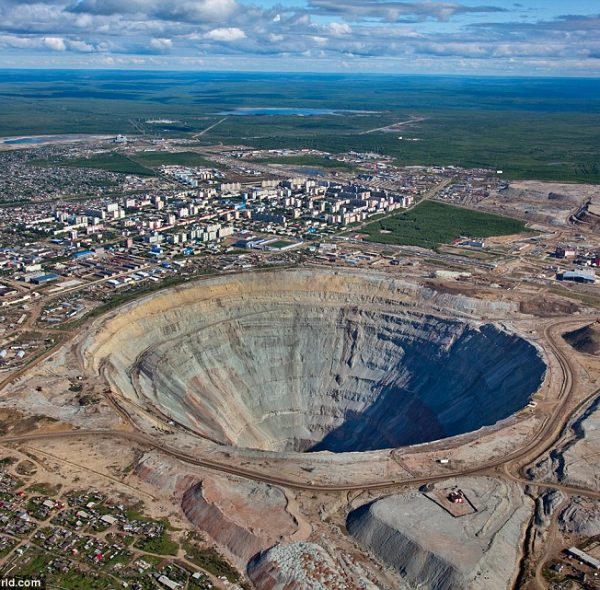SkyGem & Co, along with the global diamond industry, has a zero-tolerance policy toward conflict diamonds. Through measures such as the Kimberley Process, which tracks diamonds from mine to market, the industry in partnership with the United Nations, governments, and non-governmental organizations, polices diamond exports to prevent the trade of illegal diamonds. We only purchase diamonds through the largest and most respected suppliers who, like us, proudly adhere to and enforce the standards established by the Kimberley Process. All diamonds puchase from SkyGem & Co. are warranted to be conflict free. If one of our suppliers was ever found to be in violation of that process, we would immediately end the relationship. We will continue to support and promote any process that works to uphold legitimacy in the diamond trade.
The Kimberley Process
SkyGem & Co. supports the Kimberley process, which is the UN General Assembly Resolution to adopts the effort to end all illicit diamond trades and international process to track and certify diamonds. Our former Foreign Minister Julie Bishop introduced the draft in 2003 and was adopted into law that requires all Australia diamond retailers to buy diamonds from manufacturers who have documentation warranting that the merchandise was obtained through legitimate channels.

GIA Certified Diamond Report
The GIA Diamond Origin Report enable to help trace the diamond from its source to its final polished state by uniquely leveraging advanced scientific analysis to deliver technical rough-to-polish diamond matching. GIA collects and analyzes physical measurements, spectroscopic data, and imaging of the diamond as a rough crystal before it is cut and polished. A unique identification number is assigned to the rough diamond. GIA later uses this data to scientifically match the polished diamond to the original rough crystal it came from

Countries of Diamond Mines
Diamonds are mined throughout the world, including major mines in Australia, Africa, Russia and Canada. Diamonds are a major source of good in many African nations, employing and providing healthcare to thousands.
Canada
Canadian diamonds are primarily sourced from the Diavik and Ekati mines, which are committed to high environmental and human rights standards. Both mines have demonstrated a strong commitment to hiring local Indigenous people, providing a skilled apprenticeship program and sponsoring scholarship funds. Diavik has built the first large-scale wind farm in the Northwest Territories that can supply half the mine’s energy needs. The Ekati mine demonstrates environmental stewardship by operating several initiatives including the Wildlife Effects Monitoring Program, Aquatic Effects Monitoring Program, Air Quality and Emissions Monitoring Program, and the Reclamation and Closure Program. A minority of our Canadian diamonds come from other mines in the country. These mines, along with Diavik and Ekati, are required to adhere to the strict labor, safety, and environmental regulations of the Canadian government.
Russia
Russian diamonds are sourced from the Yakutia region of northeast Siberia and the Arkhangelsk region along the White Sea coast. The mines in these regions provide thousands of jobs to local residents who often earn wages much higher than the average Russian salary and receive housing benefits, health care, and pensions. Although Russia’s geopolitical role is controversial, the diamond industry is the economic lifeblood of this remote region of Russia and has provided several benefits for local communities such as providing financing for social infrastructure projects. Many of our Russian diamonds originate from ALROSA-owned mines that are certified by the Responsible Jewelry Council.

South Africa
Botswana Sort diamonds are sourced from mines that follow internationally recognized labor and environmental standards. The majority of Botswana Sort diamonds were mined in Botswana. The rest were mined in Namibia, South Africa, Lesotho, or Canada. Botswana diamond mining has contributed to transforming Botswana into one of Africa’s most prosperous countries. Revenue from Botswana Sort diamonds have been re-invested into education, health care, and infrastructure. Botswana diamond mines are dedicated to minimizing their environmental footprint, monitoring their impact, and rehabilitating sites after use.
Australia
The Argyle mine, located in a remote northeastern region of Western Australia, was the world’s largest producer of diamonds by volume in 2000. The Argyle mine is known not only for the very large quantity of diamonds it produces, which vary from brown to yellow and from near-colorless to colorless, but also for the consistent recovery of a small number of pink diamonds. The Argyle mine provides a good example of the modern techniques used both to find viable diamond deposits and to recover the gems on a large scale.

